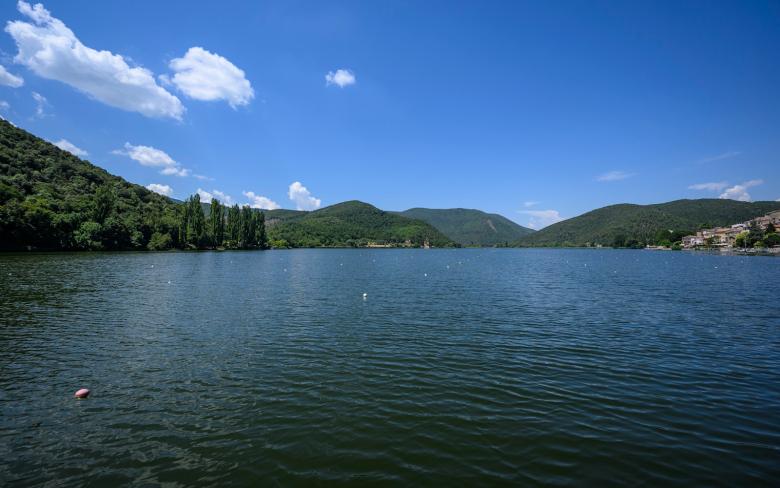Speleology at the Marmore Falls
The history of the Marmore Falls, carved into the rock, becomes a journey of discovery of cavities and caves that can turn anyone into a real explorer! A journey into the underground complex hidden under the Marmore Falls, which tells its story not only through the leaps of its waters, but also through the history of its majestic rocks.
A 165-metre dive
According to a romantic legend, the Marmore Falls originated from the impossible love between the shepherd Velino and the nymph Nerina, who was transformed by the jealous Juno into the river Nera. Velino, desperate for the disappearance of his beloved, set out in search of her along the valley (val..nerina) and, overcome by grief, dissolved in tears and became a river himself. Velino was thus able to find his beloved Nerina, and from their eternal embrace the Marmore Falls were born.
Apart from the legends, fascinating as they are, this majestic 165-metre-high plunge was actually created thanks to the ingenuity of Manio Curio Dentato, a Roman consul who in 271 B.C. carried out an engineering feat of great importance by channelling the waters of the Velino, which were causing heavy swamping in the area, into an artificial canal to make them flow into the river Nera, which flows at its foot, and into its river park.
The water shaping the rock
Although the water features of the waterfall represent one of Umbria’s best-known natural beauties, it is the waters of the Velino that are behind the formation of an evocative underground world hidden beneath the waterfall itself.
The journey to discover the “belly” of the waterfall starts from the Parco dei Campacci, near the village of Marmore, about 10 kilometres from Terni.
Its genesis is linked to the sedimentation caused by the waters of the Velino river before the construction of the artificial canal, which gave rise to the travertine bank that extends to the foot of the waterfall. A veritable rock book where you can read a geological narrative that has lasted for millennia, consisting of more than 300 cavities modelled by the intense circulation of water, embellished with concretions resembling coral filigrees or plant forms, as well as stalactite and columnar structures encountered along the way.
Accompanied by expert guides, the descent begins here to discover the most fascinating and hidden sides of this imposing cliff and its tunnels and meanders, such as the Grotta Morta (Dead Cave), the Grotta delle Colonne (Cave of the Columns) and the Grotta della Condotta (Cave of the Channel), which owes its name to the over 190-metre-long conduit that in the past fed hydroelectric power stations.


































